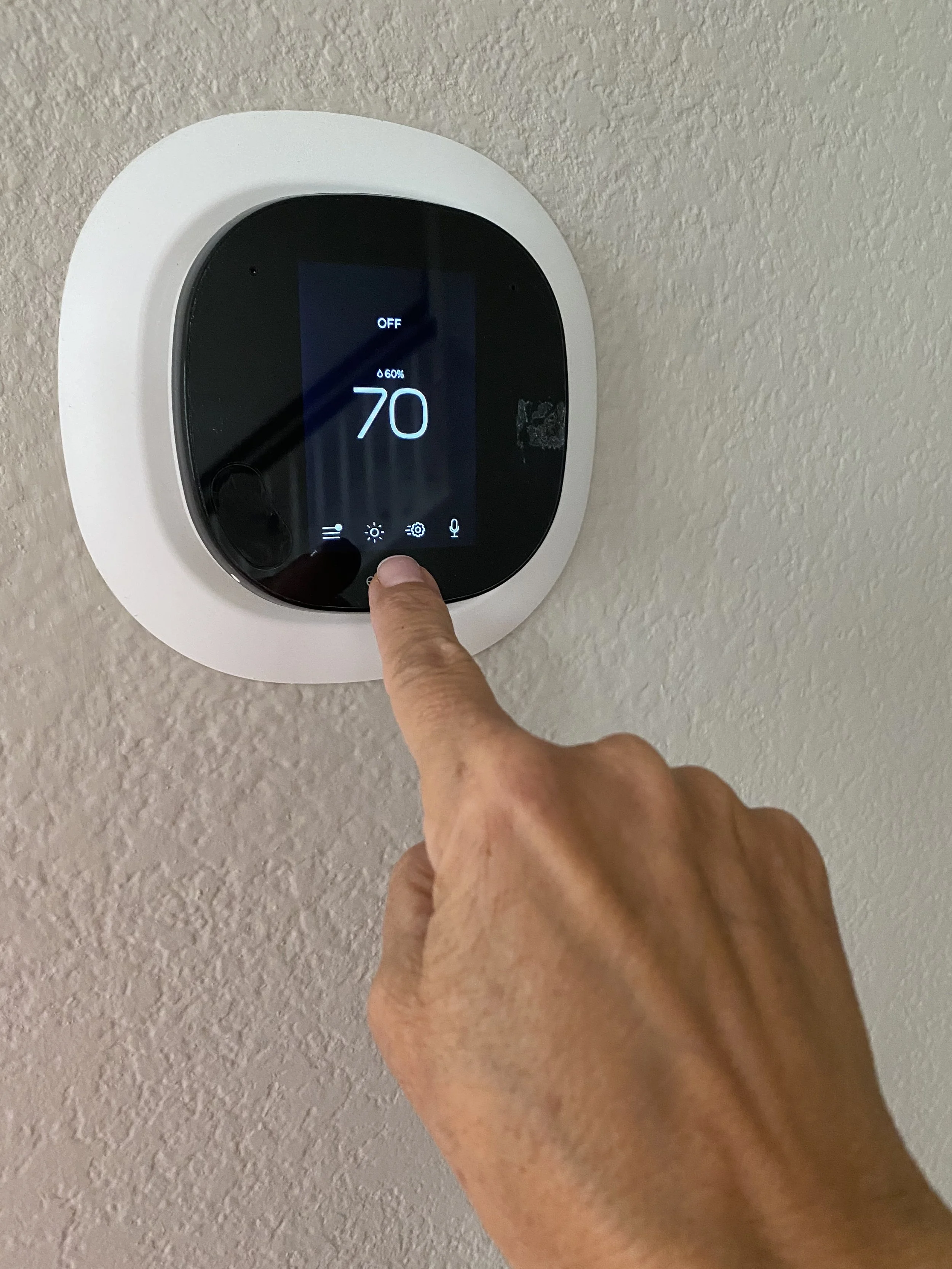Save Money This Winter
With utility costs rising in many regions of the country, homeowners have become more aggressive in implementing methods to keep monthly utility bills from soaring. There are ways to reduce winter heating costs that fit budgets on various levels.
Eliminate costly drafts
Checking for drafts may be as simple as holding a hand in front of a suspicious spot. The flame movement on a lit candle is another quick means of finding drafty locations. Some homeowners might opt to hire a professional to assess the entire home using infrared equipment.
The area around window and door casings are notorious for being locations where heat may escape and allow cold air to enter. Minimize draft threats by refreshing the caulk around window and door frames. Check the areas between the door and the frame and along windowsill openings. Add weather stripping if necessary.
Eventually, older windows lose the ability to provide efficient insulation against environmental temperatures. Budgeting for window replacement from a company like Champion Replacement Windows might be a consideration for some Colorado homeowners. Baseboards on exterior walls, crawl spaces, and attics are also areas that where drafts may occur.
Get routine HVAC inspections
Before the weather turns too cold, homeowners often contact HVAC professionals like Parkey's Heating, Plumbing & Air Conditioning to perform an annual inspection of their heating and cooling system. System thermostats, thermocouples, heat pumps, and filters are some of the many components worthy of inspection. Over time, various moving parts succumb to wear and tear. Replacing these parts before winter sets in prevents later emergencies. Routine inspections and maintenance also help extend the life of HVAC systems.
Consider water heating costs
Setting the water heater thermostat to 120 degrees Fahrenheit ensures hot but not scalding water exiting faucets. Keep the heat in the water where it belongs by investing in a water heater blanket and insulating water pipes. Pipe insulation also reduces the risk of rupture or breakage during sub-zero temperatures.
Reduce indoor and outdoor lighting expenses
By replacing all of the incandescent light bulbs in a home with Energy Star-rated alternatives, owners may realize savings of up to $200 annually. There is a multitude of bulbs on the market today that are available in variable wattage sizes but reduce the cost needed to emit light.
Many companies now offer LED bulbs. Bulbs containing light-emitting diodes use less electricity and last up to 25 times longer than traditional incandescent bulbs. CFL or compact fluorescent light bulbs are other options. They use up to 35% less energy while lasting up to 10 times longer than their incandescent counterparts. LED and CFL bulbs are also designed in such a way as to be less fragile. Homeowners might also consider more cost-effective lighting alternatives when planning outdoor holiday decorations.
TheHomeMag was created for property owners as a one-stop resource for ideas and solutions on a wealth of topics. Take the time to explore our website, or visit us on Facebook or Instagram for the latest tips and tricks recommended by professionals.

